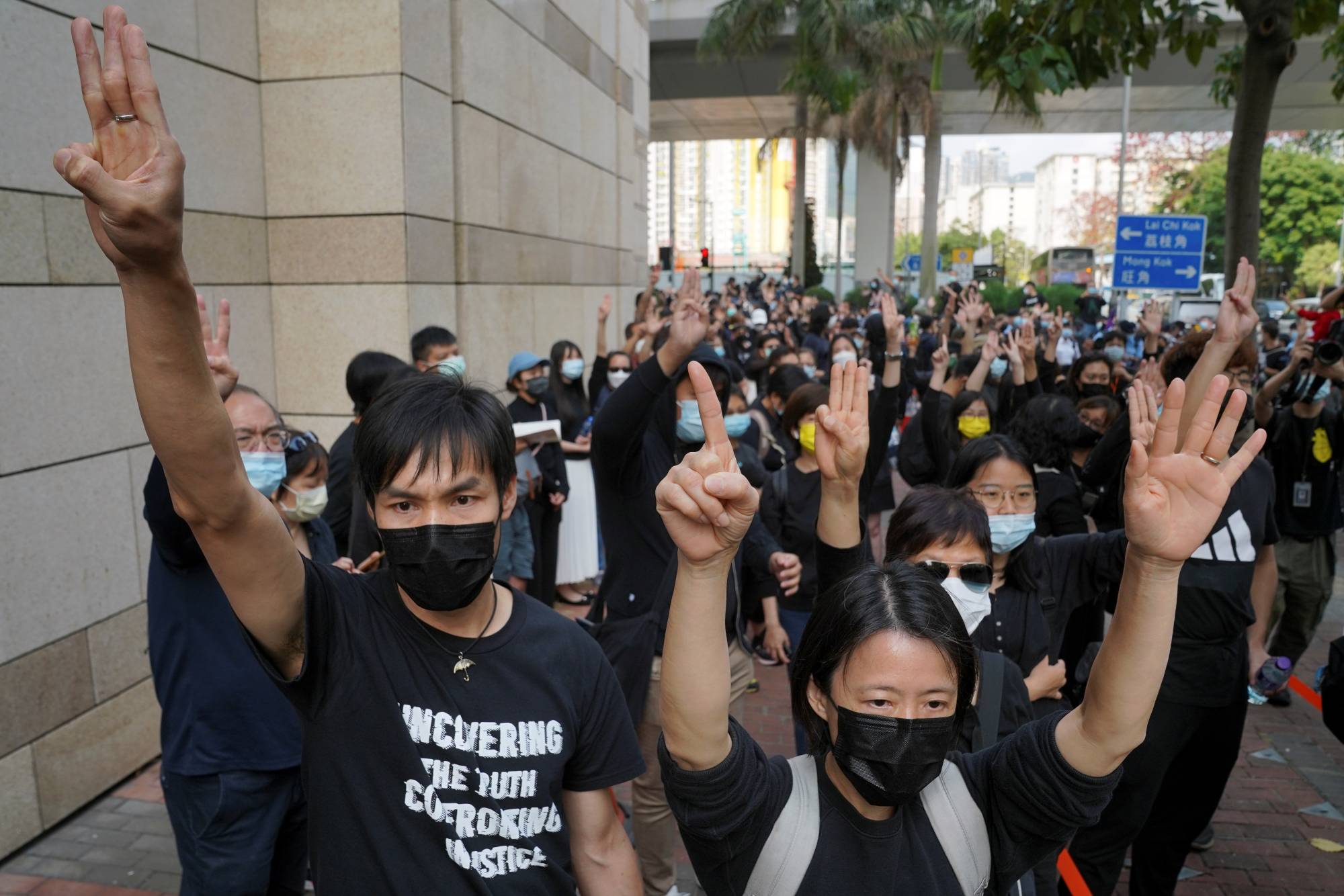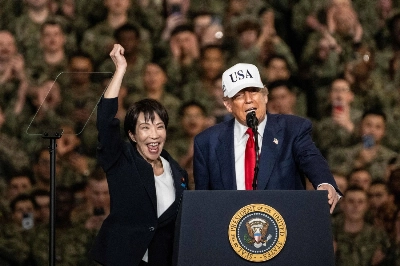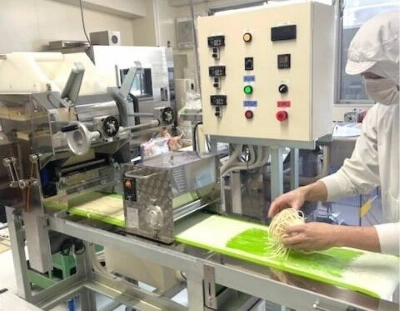The end of the office, the end of the university campus, the death of the city. The past months of pandemic gloom and doom have witnessed many dire predictions. A common theme has been that our newfound, battle-hardened ability to live and work remotely will render physical space obsolete.
Yet, after countless lockdowns, quarantines and Zoom sessions, I would put forward an opposite proposition: Embracing and re-imagining the space of our cities will soon be more powerful — and more necessary — than ever before.
To explain why this is the case, one must consider the social dynamics of in-person interaction — ones that we took for granted until a year ago — in comparison to their virtual alternatives. In a seminal 1973 paper, American sociologist Mark Granovetter divided our social networks into two types: the “weak ties” between casual acquaintances and the “strong ties” between close family and friends, who are also friends with each other.


















With your current subscription plan you can comment on stories. However, before writing your first comment, please create a display name in the Profile section of your subscriber account page.